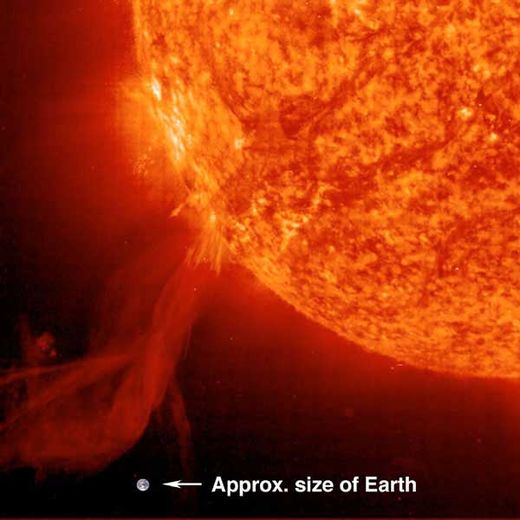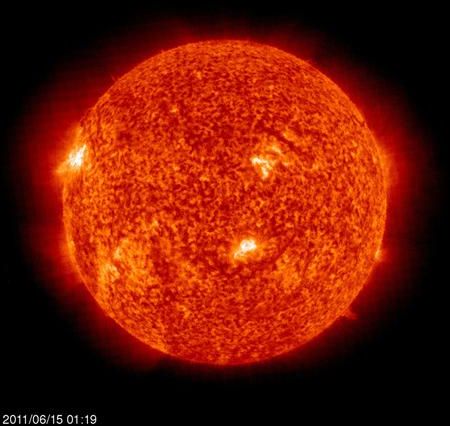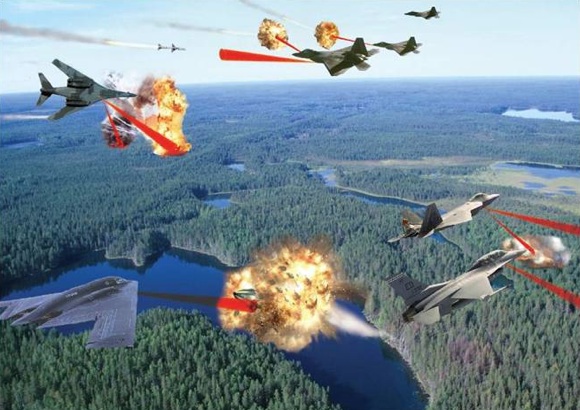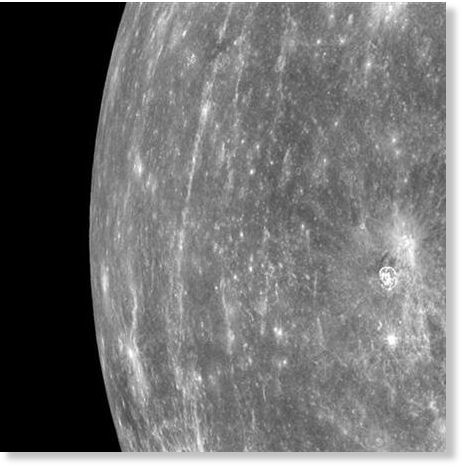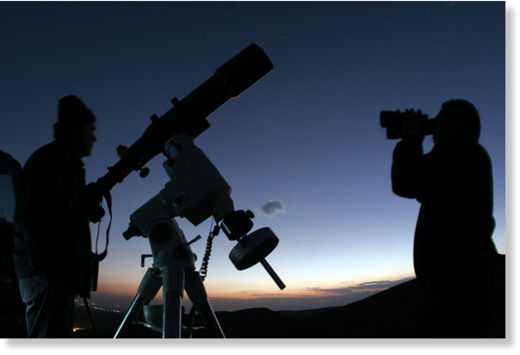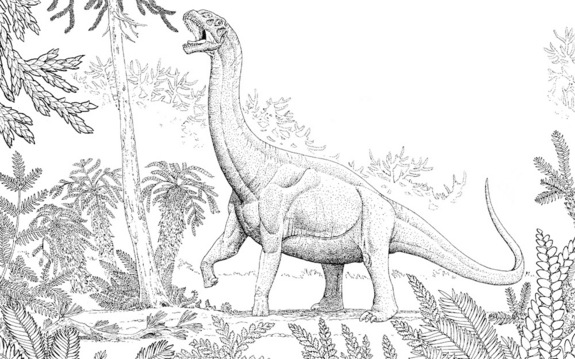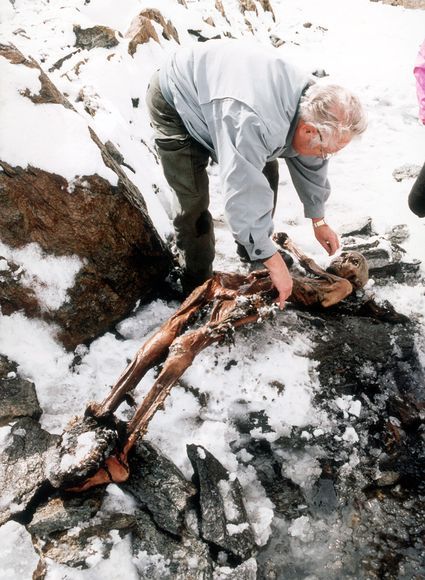
Hours before he died, "Ötzi" the Iceman gorged on the fatty meat of a wild goat, according to a new analysis of the famous mummy's stomach contents.
The frozen body of the Copper Age hunter was discovered in 1991 in the Alps of northern Italy, where he died some 5,000 years ago.
The circumstances surrounding Ötzi's death are not fully known, but the most popular theory - based in part on the discovery of an arrowhead in his back - is that he was murdered by other hunters while fleeing through the mountains.
Scientists previously analyzed the contents of Ötzi's lower intestine and determined that he ate a meal of grains along with possibly cooked red deer and goat meat up to 30 hours before his death.
But attempts using an endoscopic tool to sample Ötzi's stomach were unsuccessful.
The reason for the failure became clear in 2009, when scientists studying CAT scans of Ötzi discovered that the Iceman's stomach had shifted upward after death, to where the lower part of his lungs would normally be.
"Why it moved upward, we don't know," said Frank Maixner, a microbiologist at the Institute for Mummies and the Iceman in Bolzano, Italy, who was involved in the new investigation.
